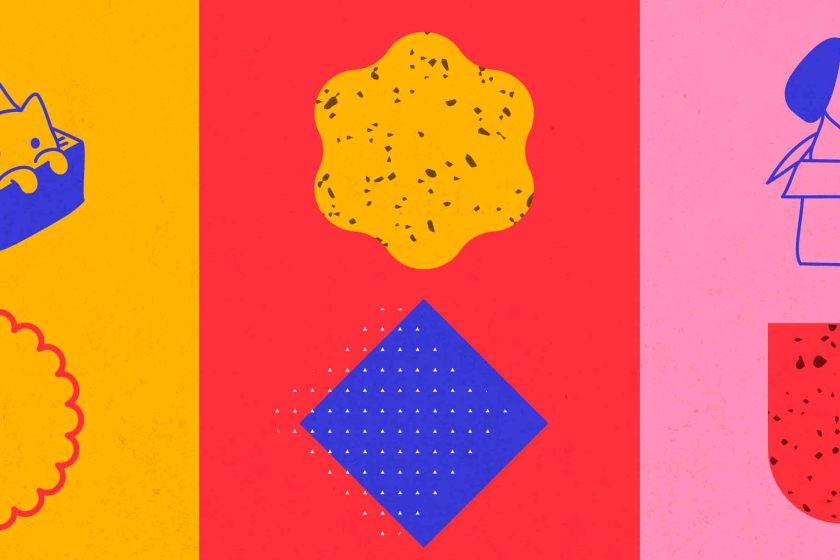

All design research is consumer research, but some approaches focus more on the assets within the design and how they impact shopability or attract consumers through an aesthetic or organizational lens. Conducting this design research at various stages during a CPG brand refresh will help you determine if your package design choices are effective (or will fail).
The specific methodologies for each type of research below can vary based on budget and client preference. Remember that other types, like product research or structural analysis, should be completed before the design strategy begins, then inform all concept design and beyond. Accompanying those primary efforts should be any secondary research done during the discovery phase–learning everything possible about the company, existing marketing and communications that impact current perceptions, diving into the category and the competition, and forecasting trends in the space.
Assuming you are in a good place to understand the environment and have begun your design, here are a few methodologies that can be beneficial during the design, refinement, and finalization stages.
Brand equity research: This is a valuable tool for determining existing equities–one I consider imperative to a brand refresh. Understanding your existing equities helps you determine the appropriate transformative vs. tactical scale to avoid confusing or alienating current customers. It can also be incredibly valuable for line extensions or cross-category introductions.
Knowing your key equities helps drive recognition in new aisles while giving you the flexibility to adapt appropriately to category cues. Looking back at the history of equity built into the brand could be fruitful. Customers are drawn to nostalgia as long as messaging still feels relevant and not tone-deaf. Are any timeless components thrown out by an overly zealous brand manager or blip in the cultural zeitgeist? Now is the time to find out.
Often, the data you glean from validation research is an incredibly useful tool for selling in your design refresh to current and new retailers.
Concept research: Concept research can be a handy tool in the early phases of the design process. It’s particularly handy for client alignment and indecision. Ideally, concepts are all based on strategy. So theoretically, all should be effective solutions, but this is an excellent way to vet, validate, or put data behind a decision to make getting everyone on the same page easier.
Validation research: Though not always necessary, validation testing can stress test final designs before going into production. This type of research is perfect for gut-checking your original objectives. It also helps with deep dives into the nitty gritty, like claim communication or regulatory considerations. Once again, this confirms stakeholder alignment. Often, the data you glean from validation research is an incredibly useful tool for selling in your design refresh to current and new retailers.
You can conduct all three research methods in any combination you choose. You may not have much equity built into your current brand and are ready to discard the old design, in which case you only engage research for concept or validation. You know your brand, buyer, and team the best, so customize your research needs to your own.
As much as I advocate research, it’s important to be wary of overvaluing the results; this article gives an overview of potential pitfalls.
If you plan to conduct your own research, make sure you are up to date on consumer privacy and security protections. More info here.









